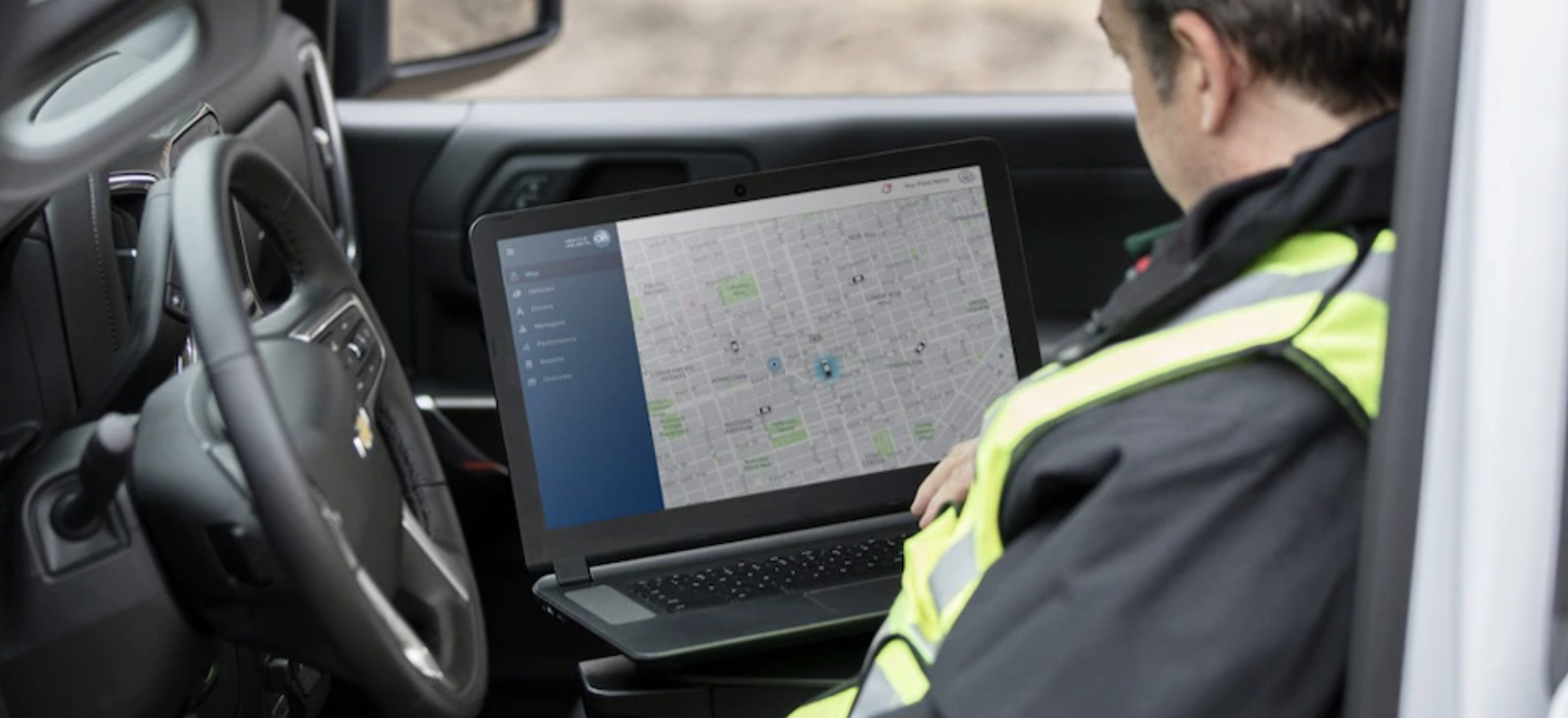
Have you spotted signs of reckless driving and extended trips sans seatbelt? If so, it’s time to kick your fleet driver safety strategy into high gear.
Because your fleet is the lifeblood of your business, refining your fleet management plan of action could be a matter of life and death. By managing fuel costs, generating real-time reports, and investing in safe, reliable vehicles, you can steer your fleet out of harm’s way.
For more information on how to maximize fleet driver safety, review the tips and tricks below. That way, you can leave questionable driving safety behind in your company’s rearview mirror.
Table of Contents
Enroll your drivers in a safety training course
The key to being a successful fleet driver is to drive safely. That’s why you should enroll your fleet drivers in a course from DriveSafe Online. Besides eliminating risks that could jeopardize the company, safety training courses improve driver safety and efficiency, help preserve the company’s reputation, and even reduce premiums. Most importantly, these fleet safety courses can save employees’ lives.
Highlight the importance of a good night’s sleep
One of the keys to preventing falling asleep at the wheel is to get a good night’s sleep. Eight hours of uninterrupted rest is especially critical during the workweek. Drivers that receive less than seven hours of sleep per night are more likely to fall asleep at the wheel than drivers that sleep longer.
Drivers that hit this sleep sweet spot have an easier time communicating with customers, which is essential for enhancing the customer service experience. In the interest of your bottom line, encourage your fleet to rest up after a long day’s work.
Educate your fleet on the signs of fatigue
One of the keys to preventing your fleet from falling asleep at the wheel is to learn how to recognize the signs of fatigue. By tuning into tell-tale signs of exhaustion, your fleet members can prevent a fatal car crash before it’s too late.
For example, if they notice they’re constantly rubbing their eyes, making mistakes, or feel like they’re about to nod off, point out that it’s time to pull over and take a break. You should also reiterate the dangers of rubbernecking and staring at marquees, especially ones with overcomplicated messages. Advise that your fleet team keep their eyes on the road at all times.
Encourage your fleet to take breaks to maximize fleet driver safety
Fleet driver safety should be a top priority for anyone in the industry. Even fleet drivers need a break sometimes. Driving for hours on end can leave your fleet drowsy and a short drive away from imminent danger. Even though drivers work from a seated position, operating a vehicle for long periods can wear on the brain and the body.
Ideally, fleet drivers should take a scheduled break for every 100 miles they drive within a two-hour span. To ensure your star drivers don’t fall asleep at the wheel, reward your fleet for resting at designated rest stops. While it may be tempting to recharge from the comfort of the vehicle, encourage your fleet members to get out and stretch their legs.
Before You Go
Investing in safety training is a surefire way to avoid disasters and keep your fleet running like a well-oiled machine. Without these precautions, fleet professionals may become the victim of a roadside disaster that could claim the lives of several.